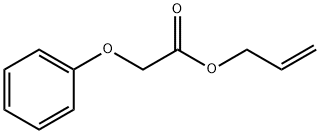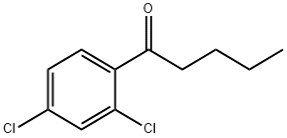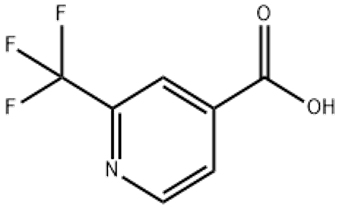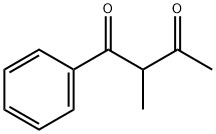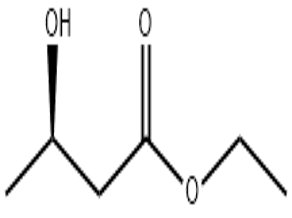Allyl phenoxyacetate(CAS#7493-74-5)
| Hazard Symbols | Xn – Harmful |
| Risk Codes | 20/21/22 – Harmful by inhalation, in contact with skin and if swallowed. |
| Safety Description | S36 – Wear suitable protective clothing. S24/25 – Avoid contact with skin and eyes. |
| UN IDs | UN 2810 6.1/PG 3 |
| WGK Germany | 1 |
| RTECS | AJ2240000 |
| HS Code | 29189900 |
| Hazard Class | 6.1 |
| Packing Group | III |
| Toxicity | The acute oral LD50 value in rats was reported as 0.475 ml/kg . The acute dermal LD50 in rabbits was reported as 0.82 ml/kg. |
Introduction
Allyl phenoxyacetate. The following is an introduction to its nature, use, manufacturing method and safety information:
Quality:
- Appearance: Allyl phenoxyacetate is a colorless to light yellow liquid.
- Solubility: It is soluble in organic solvents such as ethanol, methanol, ether, etc.
- Stability: Relatively stable at room temperature, but combustion may occur when encountering strong oxidants.
Use:
- Allyl phenoxyacetate is often used as a solvent and is widely used in paints, coatings, inks and other industries.
Method:
- Allyl phenoxyacetate can be prepared by esterification of phenol and isopropyl acrylate. Specific preparation methods include acid-catalyzed esterification and transesterification.
Safety Information:
- It is a flammable liquid with a certain risk of fire and explosion, avoid contact with open flames, high temperatures and strong oxidizing agents.
- Appropriate precautions such as wearing appropriate protective gloves, glasses and breathing apparatus are required during handling and storage.
- Waste should be disposed of in accordance with national and local regulations to avoid harm to the environment and human body.


